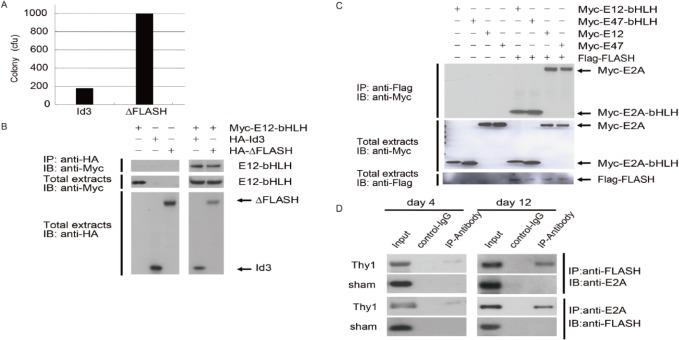Fig 3. Physical interactions between E2A and FLASH.
(A) Interaction between E12-bHLH and FLASH in a yeast two-hybrid assay. pGBKT7-E12-bHLH with pGADT7-Id3 (positive control) or pGADT7-FLASH-truncated (ΔFLASH) were transformed into AH109 as the manufacturer’s instructions. Colonies were counted and calculated as colony-forming units (cfus). (B) CHO-K1 cells were transfected with Myc-tagged E12-bHLH and HA-tagged Id3 or ΔFLASH. Cell lysates were immunoprecipitated (IP) with anti-HA antibody and immunoblotted (IB) with anti-Myc antibody (upper panel). Total cell lysates were blotted with anti-Myc antibody (middle panel) or anti-HA antibody (lower panel). One of three independent experiments is shown in each panel. (C) Co-immunoprecipitation of full-length FLASH and E12-bHLH E47-bHLH, full-length E12, or full-length E47 from co-transfected MC lysate was detected by immunoblot analysis. One of three independent experiments is shown in each panel. (D) Endogenous FLASH and E2A co-immunoprecipitation. Kidney lysates from Thy-1 glomerulonephritis or sham-operated (sham) rats at day 4 and day 12 were immunoprecipitated (IP). The presence of E2A and FLASH in the immunoprecipitates was determined by immunoblot (IB) with anti-E2A and anti-FLASH antibodies, respectively. (n = 3 in each group)

